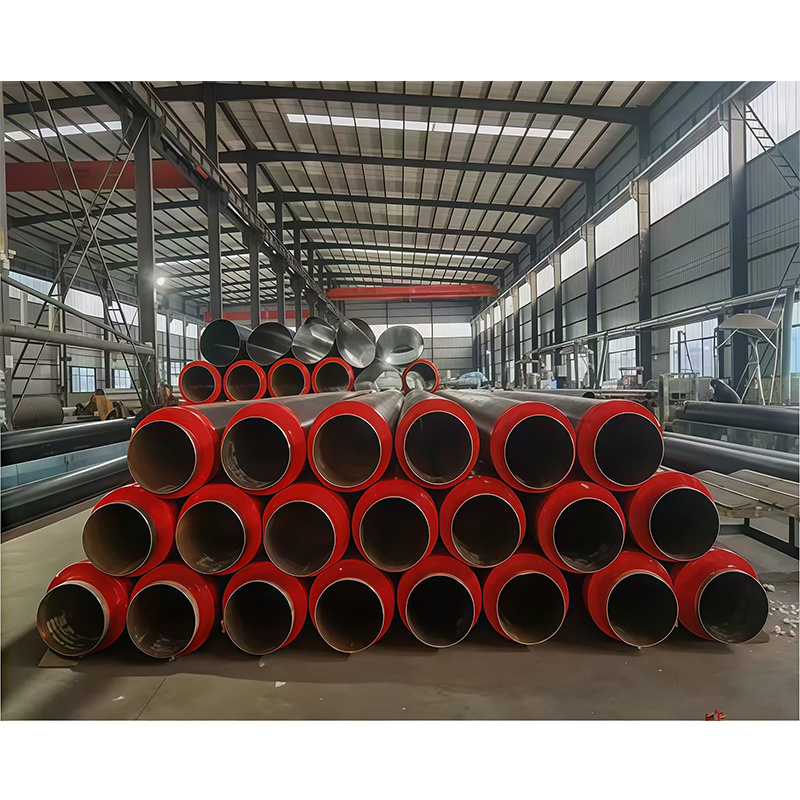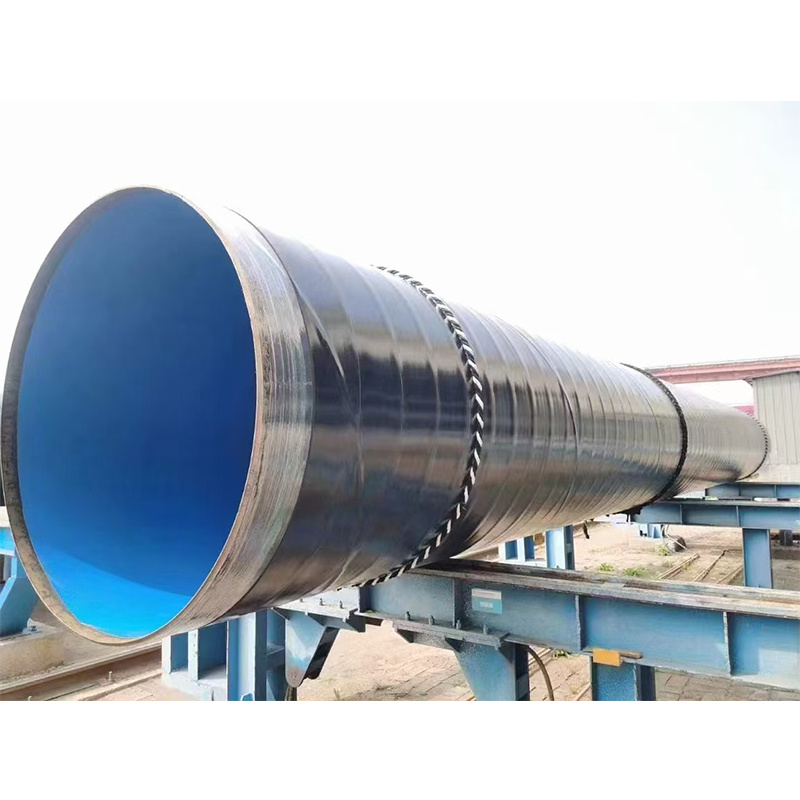How to Ensure Longevity with Quality Thermal Insulation Pipes
Jun 06,2025

How to Ensure Longevity with Quality Thermal Insulation Pipes
In the world of construction and building materials, the significance of thermal insulation pipes cannot be overstated. These pipes are crucial in maintaining energy efficiency and ensuring optimal temperature regulation in various applications, from residential to industrial settings. However, to achieve **maximum longevity** and **performance**, it’s vital to choose materials wisely and implement the best practices during installation and maintenance. In this comprehensive guide, we will explore various aspects of thermal insulation pipes, focusing on how to ensure their long-lasting effectiveness.
Table of Contents
- Understanding Thermal Insulation Pipes
- The Importance of Quality Materials in Thermal Insulation
- Different Types of Insulation Materials
- Installation Techniques for Longevity
- Maintenance Tips for Thermal Insulation Pipes
- Common Issues and Solutions
- Environmental Impact of Thermal Insulation
- Conclusion
- Frequently Asked Questions
Understanding Thermal Insulation Pipes
Thermal insulation pipes are designed to minimize heat loss or gain in piping systems, ensuring that the temperature of fluids remains stable. These pipes can be used in various applications, including HVAC systems, plumbing, and industrial processes. The primary function of these pipes is to create a barrier that reduces thermal conduction, ultimately leading to energy savings and improved efficiency in heating and cooling systems.
Why Insulation is Crucial in Construction
Proper insulation not only enhances energy efficiency but also contributes to the comfort and safety of the building’s occupants. By reducing energy consumption, buildings can lower their operating costs and their environmental footprint. This makes thermal insulation pipes an indispensable component of modern architecture and construction.
The Importance of Quality Materials in Thermal Insulation
Choosing high-quality materials for thermal insulation pipes is paramount. Quality materials enhance durability, efficiency, and overall performance. Here are several reasons why selecting the right materials matters:
Durability and Longevity
Quality thermal insulation pipes are typically made from robust materials that can withstand various environmental conditions, including extreme temperatures, moisture, and pressure. This durability translates to a longer lifespan, reducing the need for frequent replacements.
Energy Efficiency
Quality insulation materials effectively reduce heat transfer, leading to significant energy savings over time. Improved energy efficiency not only helps in lowering utility bills but also minimizes the environmental impact of buildings.
Compliance with Standards
Using high-quality materials ensures compliance with industry standards and regulations, which can prevent costly legal issues and ensure the safety of the building’s occupants.
Different Types of Insulation Materials
Understanding the different types of thermal insulation materials available is essential for ensuring longevity and efficiency. Here are some of the most common materials used:
Fiberglass Insulation
Fiberglass is a widely used insulation material known for its excellent thermal resistance and affordability. It is lightweight and easy to install but can be susceptible to moisture and requires proper sealing to maintain its effectiveness.
Foam Insulation
Foam, including polyurethane and polystyrene, offers superior thermal performance and is resistant to moisture. Its application can be more complex and often requires professional installation, but the results are typically worth the investment.
Mineral Wool
Mineral wool (or rock wool) is another effective insulation material, providing good thermal properties and fire resistance. It is often used in industrial settings due to its durability and resilience against high temperatures.
Installation Techniques for Longevity
Proper installation is critical to maximizing the longevity and effectiveness of thermal insulation pipes. Here are some best practices to consider:
Pre-Installation Assessment
Before beginning installation, conduct a thorough assessment of the site to identify any potential challenges, such as moisture sources or extreme temperature variations. This information will guide material selection and installation techniques.
Correct Sizing and Fit
Ensure that the insulation is appropriately sized for the pipes being insulated. A snug fit reduces gaps that can lead to thermal bridging and diminishes the effectiveness of insulation.
Sealing and Protection
Use high-quality sealing materials to prevent moisture ingress and ensure that insulation remains intact. Additionally, consider protective coverings to shield insulation from physical damage, UV light, and chemical exposure.
Maintenance Tips for Thermal Insulation Pipes
Regular maintenance plays a crucial role in ensuring the longevity of thermal insulation pipes. Here are some tips to keep in mind:
Regular Inspections
Conduct regular inspections of insulation pipes to check for signs of wear, damage, or moisture intrusion. Promptly addressing any issues can prevent costly repairs down the line.
Cleaning and Upkeep
Keep insulation free from dirt and debris, which can affect thermal performance. Use appropriate cleaning methods that do not damage the insulation material.
Documentation and Records
Maintain detailed records of inspections and maintenance activities. This documentation can be invaluable for future repairs or replacements, ensuring that the insulation continues to perform effectively.
Common Issues and Solutions
Despite careful selection and installation, issues can still arise with thermal insulation pipes. Here are some common problems and their solutions:
Moisture Damage
**Moisture intrusion** is a significant challenge for thermal insulation pipes. To combat this, ensure that all seams and joints are adequately sealed. If moisture is detected, consider installing a vapor barrier to protect the insulation.
Physical Damage
Physical damage can occur due to impacts or environmental factors. Implement protective measures, such as enclosures or barriers, to guard against potential damage.
Degradation Over Time
Over time, thermal insulation materials may degrade. Regular inspections will help identify signs of wear. Replacing damaged sections promptly will help maintain efficiency.
Environmental Impact of Thermal Insulation
Thermal insulation pipes contribute significantly to reducing energy consumption in buildings, thereby lowering greenhouse gas emissions. By choosing sustainable materials and ensuring effective insulation, we can further minimize the environmental impact. It’s essential to consider life cycle assessments of insulation materials to make informed decisions that benefit both the environment and the building's energy efficiency.
Conclusion
Ensuring the longevity of thermal insulation pipes requires a comprehensive approach that incorporates quality materials, proper installation techniques, and diligent maintenance practices. By prioritizing these aspects, we can maximize energy efficiency while contributing to a sustainable future. The benefits of investing in quality thermal insulation pipes far outweigh the costs, providing long-term savings and environmental advantages. Remember, effective thermal insulation is not just about immediate performance—it's about ensuring lasting efficiency and durability for years to come.
Frequently Asked Questions
1. What factors influence the lifespan of thermal insulation pipes?
The lifespan is influenced by the quality of materials, installation techniques, environmental conditions, and maintenance practices.
2. How can I tell if my insulation is damaged?
Signs of damage include moisture stains, mold growth, and visible wear on the insulation material.
3. Are all insulation materials created equal?
No, different materials offer varying levels of thermal performance, moisture resistance, and durability. It’s essential to choose the right material for your specific application.
4. Can I install thermal insulation pipes myself?
While DIY installation is possible, hiring professionals ensures proper sizing, fitting, and sealing, maximizing the insulation's effectiveness.
5. What is the environmental impact of thermal insulation materials?
Quality thermal insulation materials can significantly reduce energy consumption, leading to lower greenhouse gas emissions and a smaller carbon footprint over time.
TAG:
Related Posts
The Essential Guide to Polyethylene Coated Steel Pipe Sources









